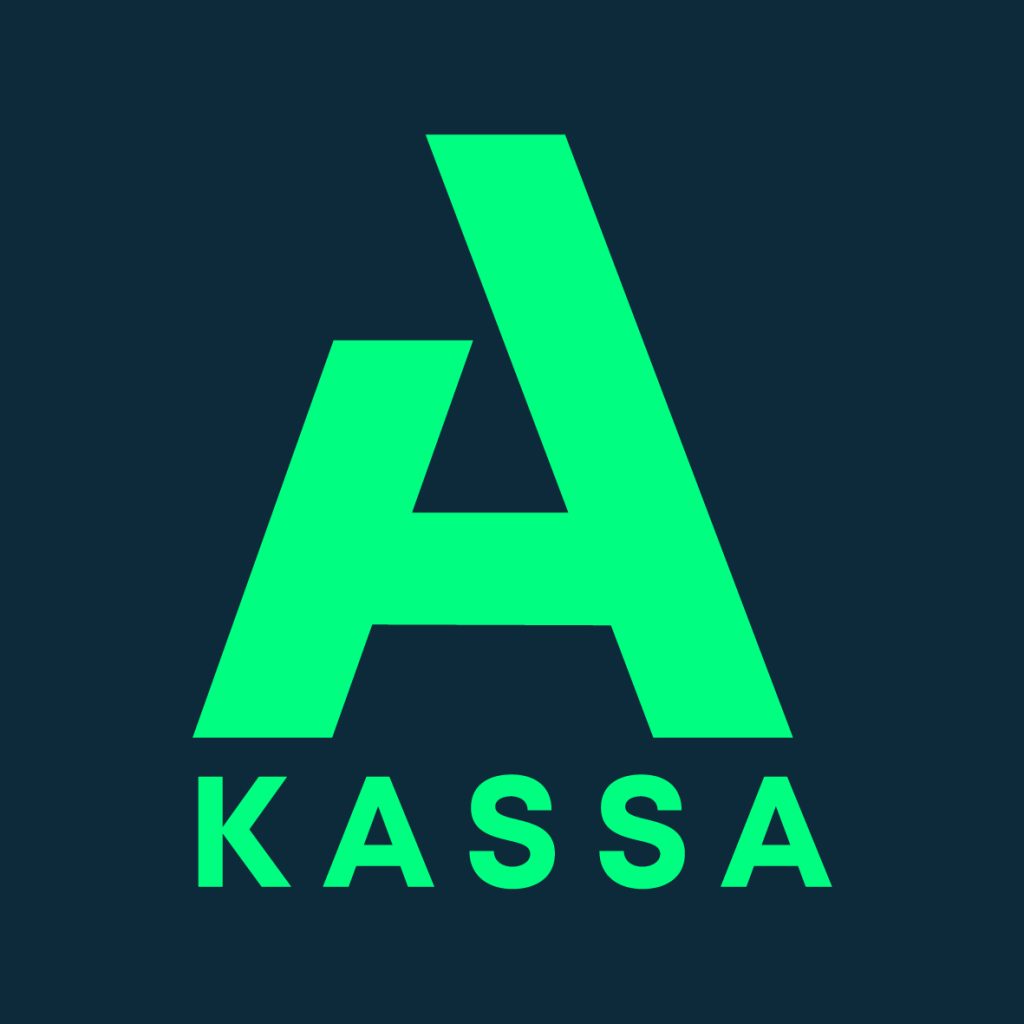Exceptions for different sectors
On this page, we have compiled specific features for different sectors.

Working in the creative and performing industries
Employment relationships in the creative and performing industries often differ from those in other sectors. For this reason, workers in creative and performing industries have some special characteristics in terms of unemployment security.
Applicants for an earnings-related daily allowance must satisfy the membership and employment conditions. Twenty-six weeks of work are required to pay an earnings-related unemployment allowance. In other words, the applicant must have worked for at least six months to receive an earnings-related unemployment allowance.
- In the creative and performing industries, the employment condition accrues on the basis of earned wages (the work compensation does not accumulate the employment condition).
- The gross earnings in each calendar week determine whether the week counts towards the employment condition.
- If the gross earnings are at least EUR 325.35 per week (in 2024) à the week is counted.
- If the applicant gains employment in an “ordinary sector” (for example, as a taxi driver or salesperson), this work contributes towards the employment condition after 18 hours.
- In general, teachers satisfy the employment condition when they accumulate 8 hours of teaching work per week (in an educational institution or school).
- Different employment conditions can be added together using ratios.
Please report all your employment relationships in the application period. If you do occasional work for the same employer, you do not need to report a separate employment relationship every time you work: simply report one Part-time or incidental work employment relationship for each employer (business ID).
We also receive information about your employment relationships from the Incomes Register. In this case, you do not need to report the same employer again yourself. If the employment relationship information obtained from the Incomes Register is incomplete, please supplement the information on your application.
Your application will show the income data received from the Incomes Register. Wages and salaries are shown according to the paydays. If your employer has not reported the time when you worked to the Incomes Register, you can supplement your income details. It is not mandatory to supplement the income details, but your application will be processed more quickly with supplemented information. Please note that the payroll period reported to the Incomes Register may not be the time when the work was done. Instead, it represents the employer’s ordinary wage or salary payment rhythm within which the payday occurred.
Report your hours on working days and hours of paid absences in the daily reports in the application. This information is mandatory. For the hours you have worked on working days, enter the number of hours for which you were paid. For example, if you are paid for eight hours of work on one day of filming, enter eight hours as the duration of your working day, even if you worked fewer hours that day.
The eService automatically requests attachments that are not always applicable to people working in creative industries. The automatic attachment requests cannot detect unusual situations, so please disregard any unnecessary attachment requests.
The following applies to all creative professions. If you are applying for a daily allowance for the first time or you have worked since your previous period of unemployment, please submit the following appendix to your application:
- Written employment contracts. If your employment contract is verbal, you can enter additional information in your application about the agreed duration of the employment relationship and your working hours.
- Pay slips for your work in the employment relationship over at least 8 months before you became unemployed. If you have worked for a shorter time since your previous period of unemployment, submit pay slips for your period of employment.
- We recommend submitting payslips because the payroll information we receive from the Incomes Register is not always sufficient. Your application will be processed more quickly if you submit the payslips independently. If any of the information from the Incomes Register is unclear and you have not submitted any payslips, we will ask you for additional information when we process your application.
- You do not need to submit royalty payment calculations because royalties no longer affect the earnings-related unemployment allowance (since 1 January 2023).
The following applies to all creative industries if the applicant is in part-time work or an employment relationship lasting no more than two weeks. We will request the following attachments to your application:
- Any new written employment contracts. If your employment contract is verbal, you can enter additional information in your application about the agreed duration of the employment relationship and your working hours.
- Payslips for wages and salaries paid during the application period. We recommend submitting payslips because the payroll information we receive from the Incomes Register is not always sufficient. We will request any additional information we need when we process your application.
- You do not need to submit royalty payment calculations because royalties no longer affect the earnings-related unemployment allowance (since 1 January 2023).
The following is a list of additional information we need for specific sectors when we process your daily allowance application.
Actors and musicians – supplements to the work report
- A performance and rehearsal calendar for paid theatre work
- For individual gigs, provide a breakdown of the working days, rehearsals and performances for each employer and payment if they are not clearly shown on the payslip. You can provide a free-form explanation if no other report is available.
Journalists – supplemental information
- No work information is required if your working time is indicated in the employment contract.
- If you have irregular working hours, we need a work report from your employer for each calendar week.
Theatre and media sectors – supplemental information
- If your employment relationship is expressed with a coefficient, we need the working hours corresponding to the coefficient unless they are stated unambiguously in your employment contract. You can provide a free-form explanation if no other report is available.

Working in the maritime sector
Work in the maritime sector often differs from ordinary employment relationships. For this reason, workers in the maritime sector have some special characteristics in terms of unemployment security.
Applicants for an earnings-related daily allowance must satisfy the membership and employment conditions. Twenty-six weeks of work are required to pay an earnings-related unemployment allowance. Calendar weeks including at least 18 working hours count towards the employment condition. In other words, the applicant must have worked for at least six months to receive an earnings-related unemployment allowance.
In the maritime sector, different shipping companies have local agreements on the length of working days (8–12 hours per day). For this reason, it is quite common to satisfy the employment condition after just two days of work in a week, provided that the total number of working hours on those days exceeds 18.
There are very few part-time workers on ships. The employment relationships are usually either:
- full-time employment relationships lasting no more than two weeks, in which case a person may be entitled to an adjusted daily allowance; or
- full-time employment relationship lasting more than two weeks, in which case no daily allowance can be paid during the employment relationship.
Seafarers accrue paid leave for their periods of work. When such leave is taken, the remuneration is taken into account in the employment condition and when calculating the daily allowance.
At the end of the employment relationship, cash is paid in lieu of any paid leave that was not taken. Such payments cannot be taken into account in the employment condition and when calculating the daily allowance.
The payroll period for seafarers is generally the calendar month. Consequently, the application period for an earnings-related unemployment allowance is one month.
As in other sectors, you are not entitled to an adjusted daily allowance if your working hours exceed 80% of the maximum hours of a full-time employee in the industry during the application period. The working time is assessed in the adjustment period for which a wage or salary was paid. As the locally agreed working time varies between different shipping companies, the working time is expressed as a proportion of the maximum working time for the specific shipping company. As a result, if you are paid for 13 or more working days in the application period, your working time will exceed 80% of the maximum hours of a full-time employee.
The adjustment takes into account all taxable income earned in full-time work (or, in some cases, part-time work) lasting up to two weeks. The adjustment does not take into account tax-exempt pay items or income from full-time work lasting more than two weeks.
Seafarers are paid the full wage from the first day to the last day of their contracts. The full day’s wage is paid for the start and end days, even if the actual number of working hours is less on those days. Report your working hours in the application according to the hours you were paid for.
The eService automatically requests attachments that are not always applicable to people working in the maritime sector. The automatic attachment requests cannot detect unusual situations, so please disregard any unnecessary attachment requests.
A tax card issued for maritime or freelance work cannot be used for the payment of earnings-related unemployment allowances. If you have such a tax card, you may need to submit a revised tax card to the unemployment fund.
If you are applying for a daily allowance for the first time or you have worked since your previous period of unemployment, please submit the following appendix to your application:
- Service time certificate (if you have not previously applied for a daily allowance or more than six months has elapsed since your previous application)
- Payroll statement for at least 26 weeks up to the end of your previous employment relationship
- Written maritime employment contracts (for all the employment relationships since your previous application if less than six months have elapsed since the previous application)
If the applicant is in an employment relationship lasting no more than two weeks (or, in rare cases, part-time employment), we will request the following attachments to your application:
- Seafarer’s employment contract (for each employment relationship separately).
- Payslips for wages and salaries paid during the application period. We recommend submitting payslips because the payroll information we receive from the Incomes Register is usually insufficient.
In addition to the attachments mentioned above, the unemployment fund may need to request other attachments, depending on the case.
Those working in the maritime sector must submit a change tax card to the unemployment fund for the benefit from the beginning of February. The tax card for maritime income may not be used to pay the benefit. Because of this, the tax information is not transferred to the A-kassa’s system. If the unemployment fund does not have any tax withholding information at all, the tax is withheld based on the amount of the daily allowance in accordance with the tax administrator’s annual decision on the matter. For example, if the daily allowance is 51.01-66 euros, the withholding tax is 35%, and if the daily allowance is 66.01-100 euros, the withholding tax is 40%.

